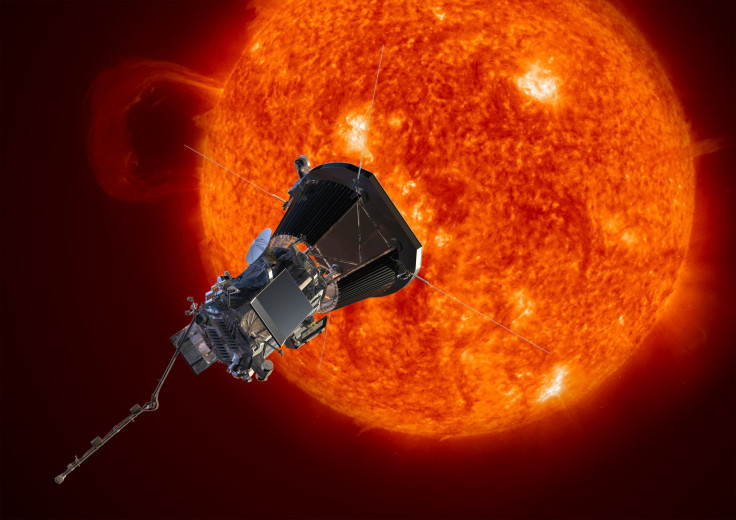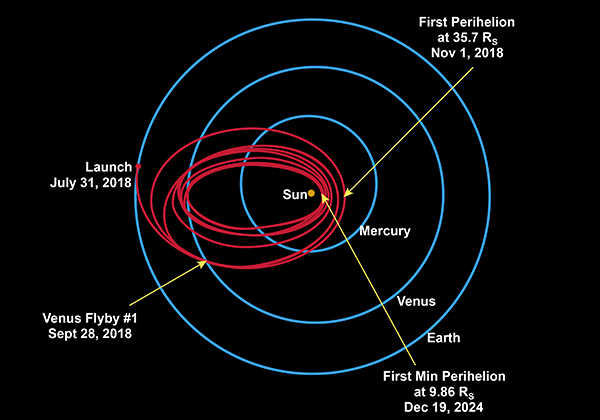NASA Mission To Sun Live Stream: Watch Announcement For The Solar Probe Plus Craft

NASA is set to reveal details Wednesday of a mission to the sun, during the latest live broadcast in a series of big announcements. The 4.5 billion-year-old star remains a mystery to researchers, who haven’t been able to get up close and personal with it.
Prior to the event, NASA said the mission was going to be the first involving flying directly into the sun’s atmosphere. The launch of the mission is still about a year away if everything goes according to plan. The estimated launch date is between July 31 and Aug. 19, 2018, NASA said. No other craft ever has flown directly into the sun because of the harsh temperatures and radiation that come off of the surface.
Read: NASA Photos Of Mars Show The Red Planet’s Unique Beauty
While the craft will enter the atmosphere of the sun, it will still be 4 million miles above the sun’s surface while in orbit. There the craft will be able to explore the outer section of the atmosphere. The craft, called the Solar Probe Plus, is currently still being built and in the testing stages and is expected to give researchers insight into solar activity and weather.
The probe will be shielded by a 4 1/2-inch-thick shield designed to protect the sophisticated craft from temperatures that top 2,000 degrees Fahrenheit. To make it all the way to the sun, the craft will conduct seven gravity flybys past Venus and 24 orbits around the sun. The total trip is budgeted to last nearly seven years.

The goal is to understand the sun’s corona better specifically although NASA has noted these missions often result in more questions than answers. The corona is the outer part of the sun’s atmosphere and difficult to see under day-to-day conditions because it’s masked by all the bright light coming off the sun. It occasionally can be seen during an eclipse when the light is blocked. The probe will be able to study it more closely than anyone here on Earth could even with sophisticated technology.
The corona is so important to understand because it causes solar winds and can influence the space weather around Earth. It’s also full of magnetic fields that can impact life both on Earth and in space for satellites and astronauts.
Read: Manhattanhenge 2017 Dates: When, How To Watch Annual Sunset Event
Wednesday’s announcement will include input from several researchers from the University of Chicago, including Eugene Parker, Eric Isaacs and Rocky Kolb, as well as Nicola Fox of Johns Hopkins University and Thomas Zurbuchen, the associate administrator at NASA’s Science Mission Directorate. The event will take place at 11 a.m. EDT at the University of Chicago’s William Eckhardt Research Center Auditorium. The event will be live on NASA’s website or you can watch here:
© Copyright IBTimes 2024. All rights reserved.





















